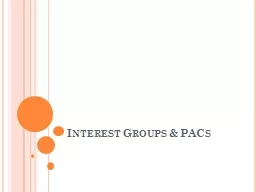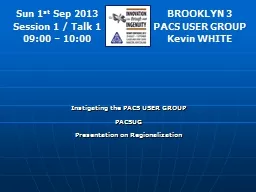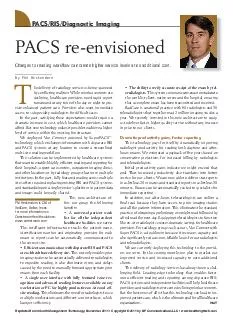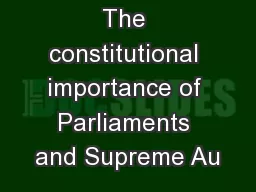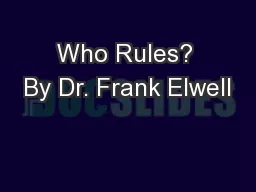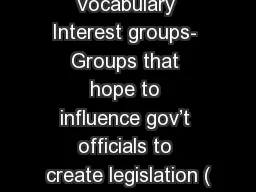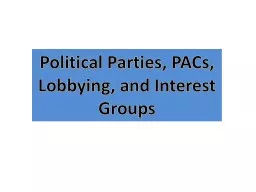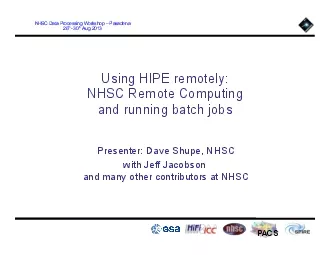PPT-Interest Groups & PACs
Author : calandra-battersby | Published Date : 2018-12-06
What is an Interest Group It is an association of people who hold similar views or goals and try to influence public policy at every level of government Interest
Presentation Embed Code
Download Presentation
Download Presentation The PPT/PDF document "Interest Groups & PACs" is the property of its rightful owner. Permission is granted to download and print the materials on this website for personal, non-commercial use only, and to display it on your personal computer provided you do not modify the materials and that you retain all copyright notices contained in the materials. By downloading content from our website, you accept the terms of this agreement.
Interest Groups & PACs: Transcript
Download Rules Of Document
"Interest Groups & PACs"The content belongs to its owner. You may download and print it for personal use, without modification, and keep all copyright notices. By downloading, you agree to these terms.
Related Documents

